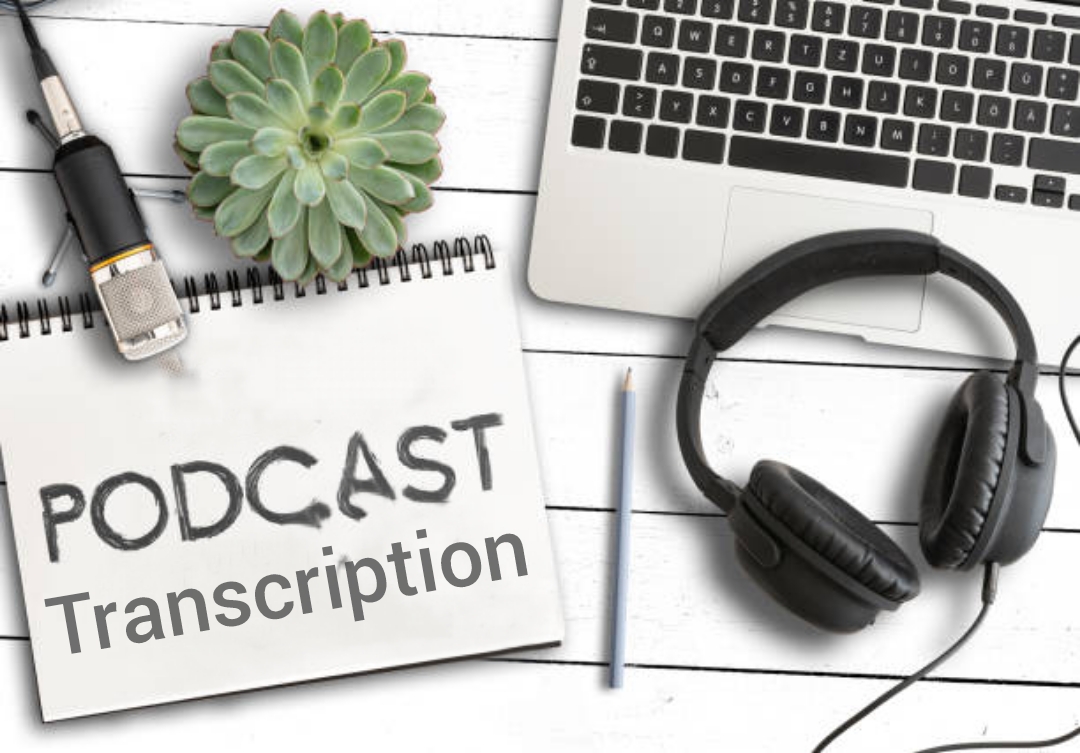Podcast Transcription Essentials: Strategies for Efficient Timecoding, Formatting, and Editing
In the ever-evolving landscape of podcasting, the importance of transcription cannot be overstated. Transcribing podcasts not only enhances accessibility but also significantly boosts search engine optimization (SEO) and audience engagement. However, the process of transcription can be daunting without the right strategies in place. This comprehensive guide aims to provide invaluable tips for efficient podcast transcription, covering everything from timecoding and formatting to editing techniques.
Timecoding lies at the heart of efficient podcast transcription. Essentially, timecoding involves synchronizing the transcript with the audio recording by marking specific timestamps at regular intervals. This facilitates easy navigation and enhances the user experience for readers or listeners accessing the transcript. To optimize timecoding efficiency, podcasters can employ various techniques such as using dedicated transcription software with built-in timecoding features or manually inserting timestamps at strategic intervals.
Formatting plays a crucial role in ensuring readability and accessibility in podcast transcripts. Proper formatting not only enhances comprehension but also improves the overall user experience. When formatting podcast transcripts, consistency is key. Podcasters should establish a standardized format for headings, paragraphs, speaker labels, and any other relevant elements. Additionally, incorporating visual cues such as bullet points, lists, and indentation can further enhance the readability of the transcript. By adhering to consistent formatting guidelines, podcasters can create transcripts that are easy to navigate and comprehend.
Editing is the final step in the podcast transcription process and is essential for ensuring accuracy and clarity. Effective editing involves meticulously reviewing the transcript to correct any errors, inconsistencies, or inaccuracies. Podcasters should pay close attention to spelling, grammar, punctuation, and syntax to maintain the integrity of the transcript. Furthermore, editing also involves optimizing the transcript for SEO by incorporating relevant keywords and metadata. By refining the transcript through thorough editing, podcasters can deliver polished and professional-quality content to their audience.
While the process of podcast transcription may seem daunting at first, implementing efficient strategies can significantly streamline the workflow and enhance productivity. Leveraging automation tools and software solutions can expedite the transcription process and minimize manual labor. Additionally, outsourcing transcription tasks to professional transcription services can provide podcasters with access to expert transcribers who specialize in delivering accurate and high-quality transcripts in a timely manner.
In conclusion, efficient podcast transcription requires careful attention to detail and the implementation of effective strategies such as timecoding, formatting, and editing. By mastering these essential techniques, podcasters can elevate the quality of their transcripts, improve accessibility for their audience, and unlock new opportunities for content repurposing and distribution. With the right tools, techniques, and mindset, podcast transcription can become a seamless and rewarding aspect of the podcasting journey, empowering creators to reach new heights of success in the digital landscape.

